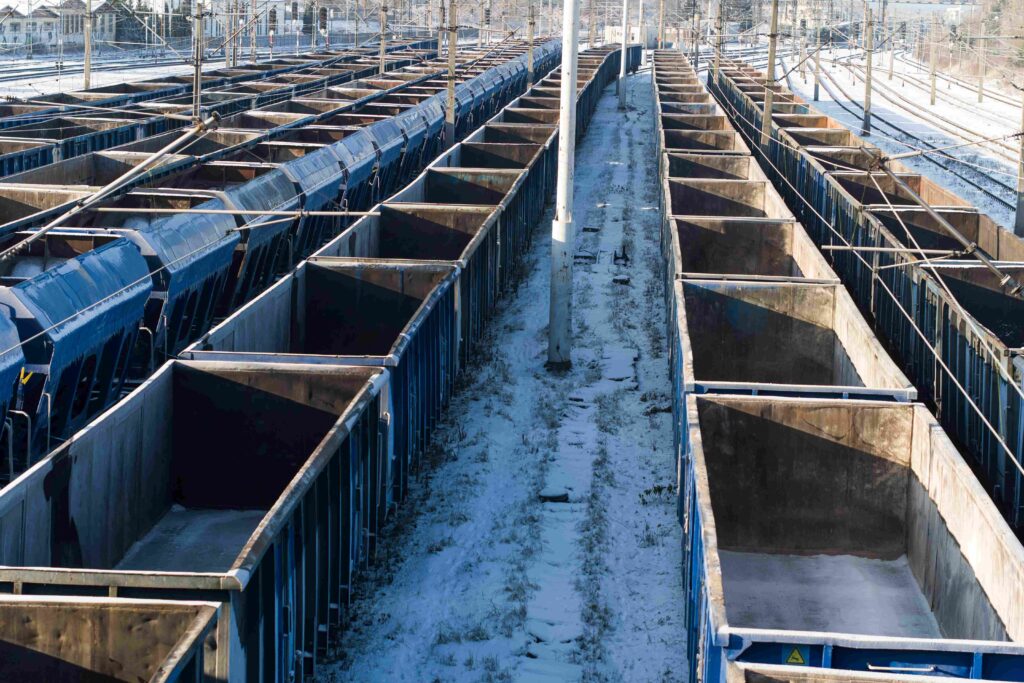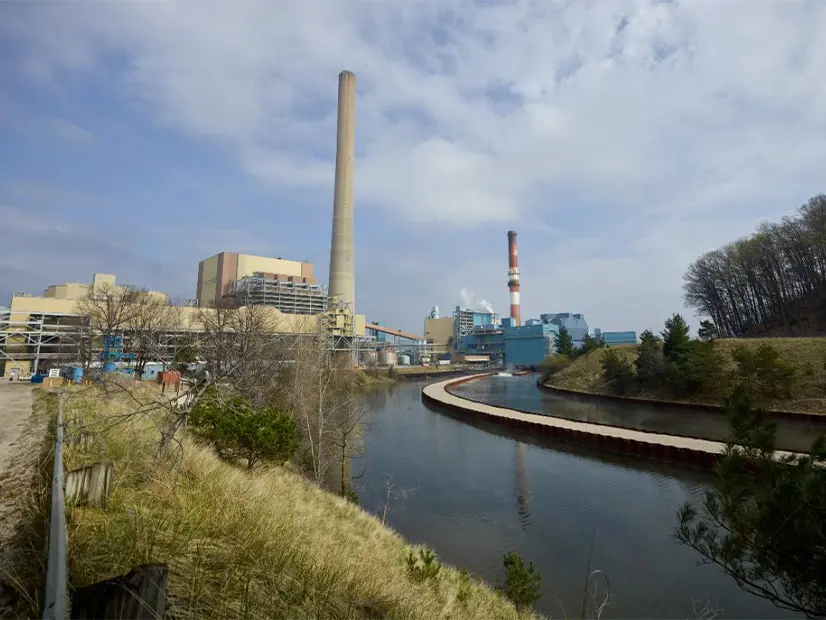

Despite the negative railway loading trend in 2022 (-3.8% y-o-y), Russian Railway (RZD) increased tariffs by 11%. In Q1 2023, rail shipments dropped almost 1%, but in early 2023, the tariffs jumped another 8%. RZD periodically adjusts tariffs, nevertheless the current pace is unprecedented and has a negative impact on coal and other cargo exporters.
Between 2017 and 2021, RZD tariffs spiked by 24%. This brings the increase to 43% over the past 5 years. In addition, freight tariffs are expected to be adjusted upward by 7.1% in 2024, and by 4.6% in 2025.
Meanwhile, the total net profit of the 18 leading freight railcar operators in 2022 surged 2.3 times in comparison to 2021 due to the growth of railcar rates.
With the falling prices in the coal markets, additional pressure on suppliers is exerted by the cancellation of the lowering coefficients on coal export transportation by RZD until the end of 2023.
However, the increase in tariffs does not comply with the Transport Strategy of the Russian Federation until 2030, which envisages cutting of transportation costs. The approach of RZD may result in the growth of rail operators’ lease rates again. In April 2023 the rates for the railcars have already climbed by 8.4%.
Yet there is a surplus of wagons on the network, with rates supposed to go down, however, they keep rising because of railcars shortage at loading points in some regions, resulting from issues with managing and optimizing the empty cars flow.
In addition, given the lack of railroad capacity, RZD is pushing to abandon the priority of coal exports from some regions and downgrade coal cargos to the standard category, that will lead to a quarterly reduction of coal exports by 2 mio t in favor of other cargoes.
At the same time, starting from March 2022, RZD abolished the rules of non-discriminatory access, which gave coal the priority for transportation via the Eastern range over cargoes with a higher marginal value for the Russian Railways.
Source: CAA













